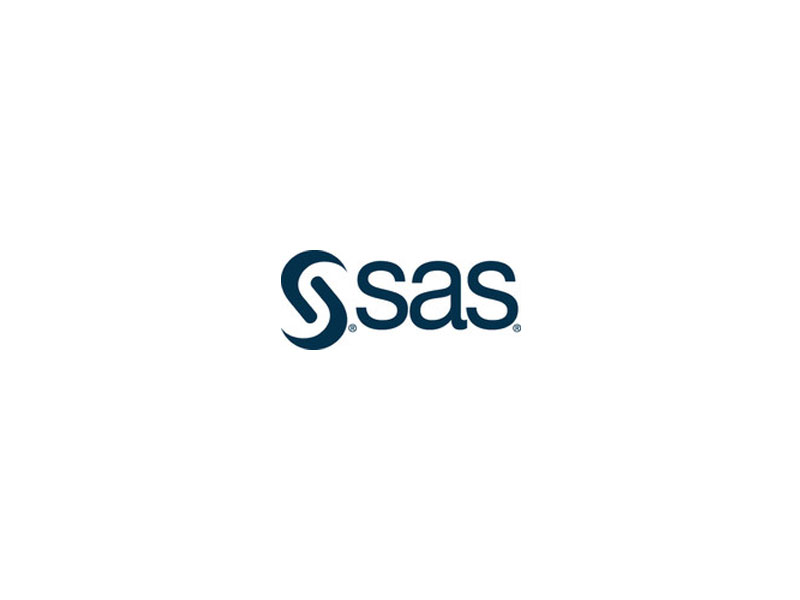SAS, the leader in data and AI, has officially announced the launch a new solution i.e. SAS® Health Cost of Care Analytics, which is designed to aid health care payers and providers in the context of facilitating effective decision-making around quality and cost of care.
According to certain reports, the innovation in question will leverage health claims data for the purpose of empowering health care organizations to construct and analyze claims as specific episodes of care. More on that would reveal how it stitches together codes and patterns all along a presumed “care journey”, right from detection to treatment and care management.
Built on the data and AI platform SAS® Viya®, this new solution can basically enable more cost-effective treatment pathways, reduce unwarranted admissions, and decrease the length of hospital stays.
Talk about SAS Health Cost of Care Analytics on a slightly deeper level, we begin from its promise of flexible definitions for episodes of care. You see, users can come expecting to seamlessly analyze claims as episodes of care through transparent clinical definitions of their choice, and detect associations for a holistic patient view.
Next up, there is a facility focused on measuring value and care outcomes. This translates to the way SAS’s latest brainchild categorizes services and their care costs as being value-added or potentially avoidable. On top of it, it automatically calculates expected and risk-adjusted costs before using them as quality/efficiency measures or payment metrics. Markedly enough, other quality metrics, such as length of stay, are also captured during the proceedings.
Another detail worth a mention is rooted in the potential for risk-based calculations to objectively compare provider performance. Here, the technology deploys medical claim data, applies user-selected rules, and eventually attributes episodes of care to providers.
Joining that would be the availability of comprehensive analytic insights that can be accessed in package with a simplified data management facility. The product, in essence, supports data validation and simplified data ingestion into the SAS Health common data model to create data repositories.
SAS also took this opportunity to unveil its all-new ready-made AI models that are conceived from decades of expertise in applying scalable and trustworthy AI to real-world use cases.
Taking a deeper view of these models, we begin from SAS Medication Adherence Risk model. Basically, medication adherence has long been a measure of patient health outcomes, as well as a key factor in regulatory quality assessments (e.g., quality ratings for Medicare Advantage, Medicaid and Exchange).
Against that, SAS Medication Adherence Risk model enables managed care organizations to identify where resources are exactly needed for timely and targeted intervention. By doing so, it achieves enhanced patient engagement, better health outcomes, improved quality metrics, and lower health care costs.
Next up, we have SAS Document Analysis. The SAS Document Analysis model, in a nutshell, would be an intelligent document processing pipeline tasked with the extraction of contextual information from scanned document images and generation of structured data assets. From a practical standpoint, the given AI model converts scanned images into summarized data for medical reviewers, allowing them to evaluate records more effectively.
In fact, SAS Document Analysis model’s enhanced analysis of unstructured claims data has already clocked a 400% efficiency gain over manual review, and that too, for one of the largest U.S. health insurers.
Rounding up highlights would be SAS Payment Integrity for Health Care Detect and Prevent models. The stated pair of models can address issues with health billing errors and claim discrepancies.
Anyway, the models are also designed to accelerate implementation of SAS solutions that health care programs, within private insurance plans and government-funded initiatives use to meet regulatory compliance requirements, operate transparently, and manage costs associated with fraud, waste, and abuse.
“As health care incentives focus in on value, providers and payers must identify the drivers of cost, quality and outcomes to make decisions about protocols and provider contracts,” said Brett Davis, Senior Manager, Health Care Advisory at SAS. “Going far beyond traditional claims grouping, SAS Health Cost of Care Analytics generates valuable insights to identify variations and opportunities for improvement when assessing financial risk.





